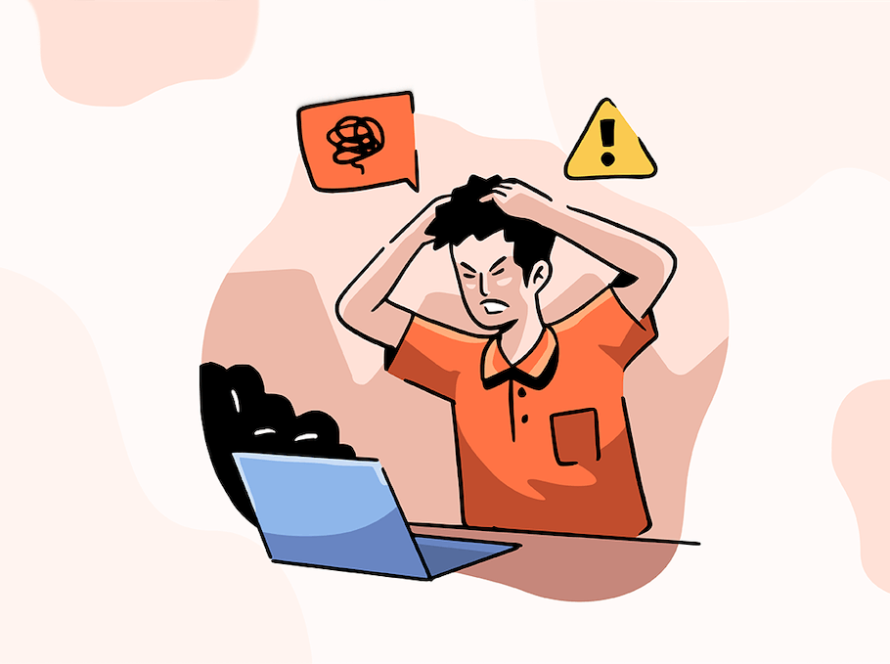Introduction
Abuse, in all its forms, is a deeply distressing and devastating experience that can shatter the lives of its victims. Whether it is physical, emotional, verbal, or sexual abuse, the trauma inflicted upon individuals is never their choice. Unfortunately, victims of abuse often grapple with feelings of shame, guilt, and self-blame, believing they are somehow responsible for the mistreatment they endured. This article aims to highlight the importance of dispelling this misconception and fostering a supportive environment that empowers survivors to heal and reclaim their lives.
Understanding the Nature of Abuse
Abuse is an abuse of power, control, and trust that one person inflicts on another. It is not a reflection of the victim’s character, actions, or choices. Perpetrators of abuse intentionally exploit vulnerabilities, manipulate situations, and exert dominance over their victims. It is essential to recognize that no one ever deserves to be subjected to such cruelty, regardless of their past, behavior, or circumstances.
The Myth of Victim-Blaming
One of the most harmful and pervasive myths surrounding abuse is victim-blaming. Society, at times, tends to question victims’ actions or decisions instead of holding perpetrators accountable for their abusive behavior. This misguided approach shifts the responsibility from the abuser to the victim, deepening their emotional wounds and hindering the path to healing.
Victims may be told that they should have acted differently, dressed differently, or spoken differently to avoid the abuse. Such beliefs perpetuate a harmful cycle that not only invalidates survivors’ experiences but also discourages them from seeking help and support. It is crucial to dismantle this harmful narrative and replace it with one that empowers victims to regain control of their lives.
Breaking Free from Shame and Guilt
Abuse can leave lasting emotional scars, making it challenging for survivors to separate themselves from the trauma they endured. Feelings of shame and guilt often haunt victims, making them feel responsible for the abuse inflicted upon them. It is essential to emphasize that the blame for abuse lies solely with the perpetrator, not the survivor.
Support and Empowerment: The Road to Healing
Supportive environments play a critical role in the healing journey of abuse survivors. Friends, family, and communities must stand with survivors, offering empathy, validation, and unconditional support. Empowering survivors to share their stories without judgment can be a significant step towards breaking the silence surrounding abuse.
Professional support, such as therapy and counseling, is instrumental in helping survivors process their trauma, rebuild their self-esteem, and develop healthy coping mechanisms. Qualified mental health professionals create safe spaces where survivors can confront their emotions and learn to thrive beyond their experiences.
Raising Awareness and Advocacy
Raising awareness about the complexities of abuse is crucial in dispelling victim-blaming attitudes. Educational programs and campaigns can promote a deeper understanding of abuse and its far-reaching consequences. Society must recognize the importance of respecting boundaries, consent, and the fundamental human right to live free from violence and harm.
Additionally, advocacy efforts should focus on strengthening laws and policies that protect victims and hold perpetrators accountable. Access to resources, shelters, and hotlines can be lifelines for survivors seeking to escape abusive environments.
Conclusion
Being a victim of abuse is never a choice; it is an undeserved tragedy inflicted upon innocent individuals. It is vital to dismantle victim-blaming attitudes and instead foster empathy, understanding, and support for survivors. Empowering victims to seek help, speak out, and heal is essential in breaking the cycle of abuse and creating a safer and more compassionate society. As a community, we must stand together to raise awareness, advocate for change, and let survivors know that they are not alone – that healing and hope are possible.



